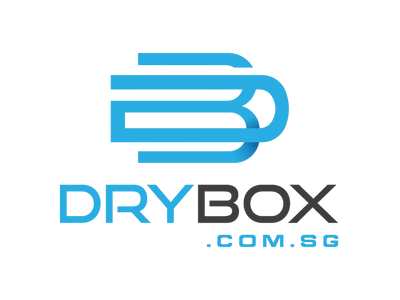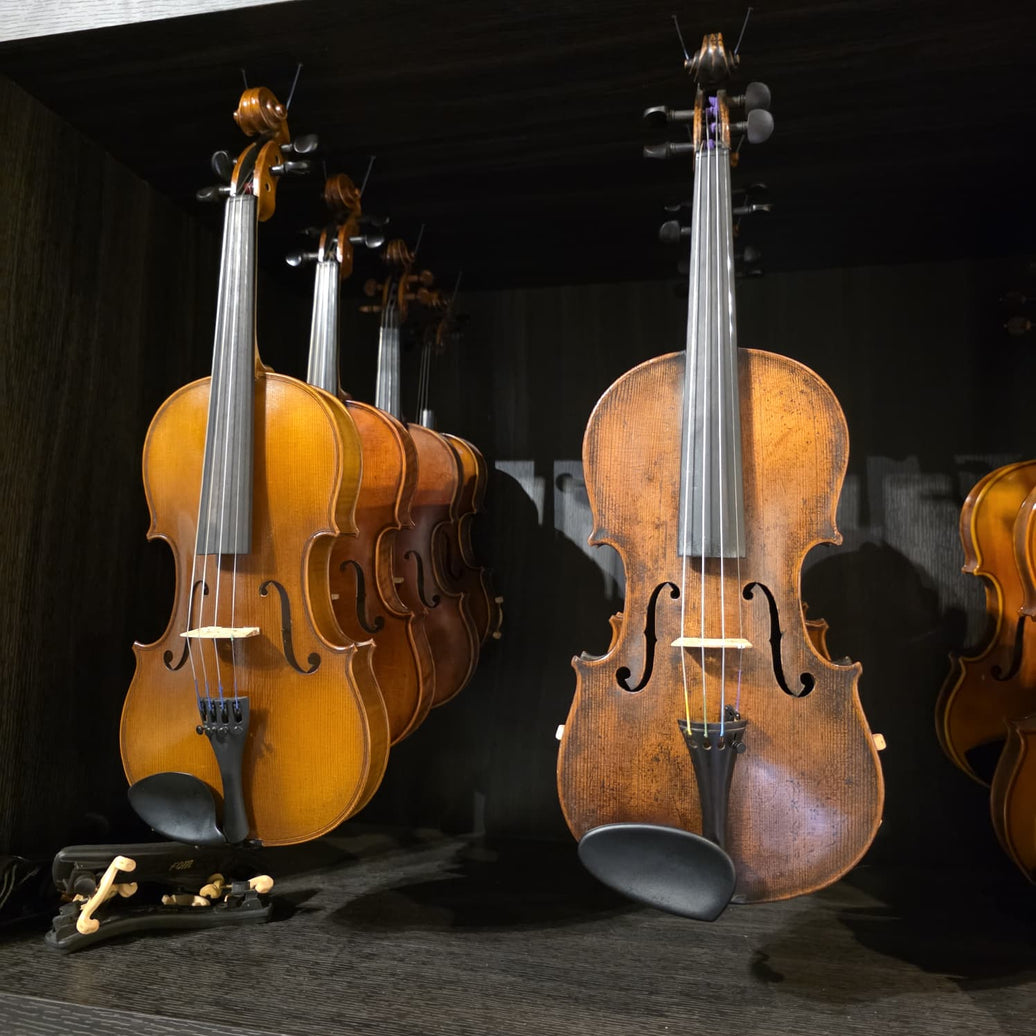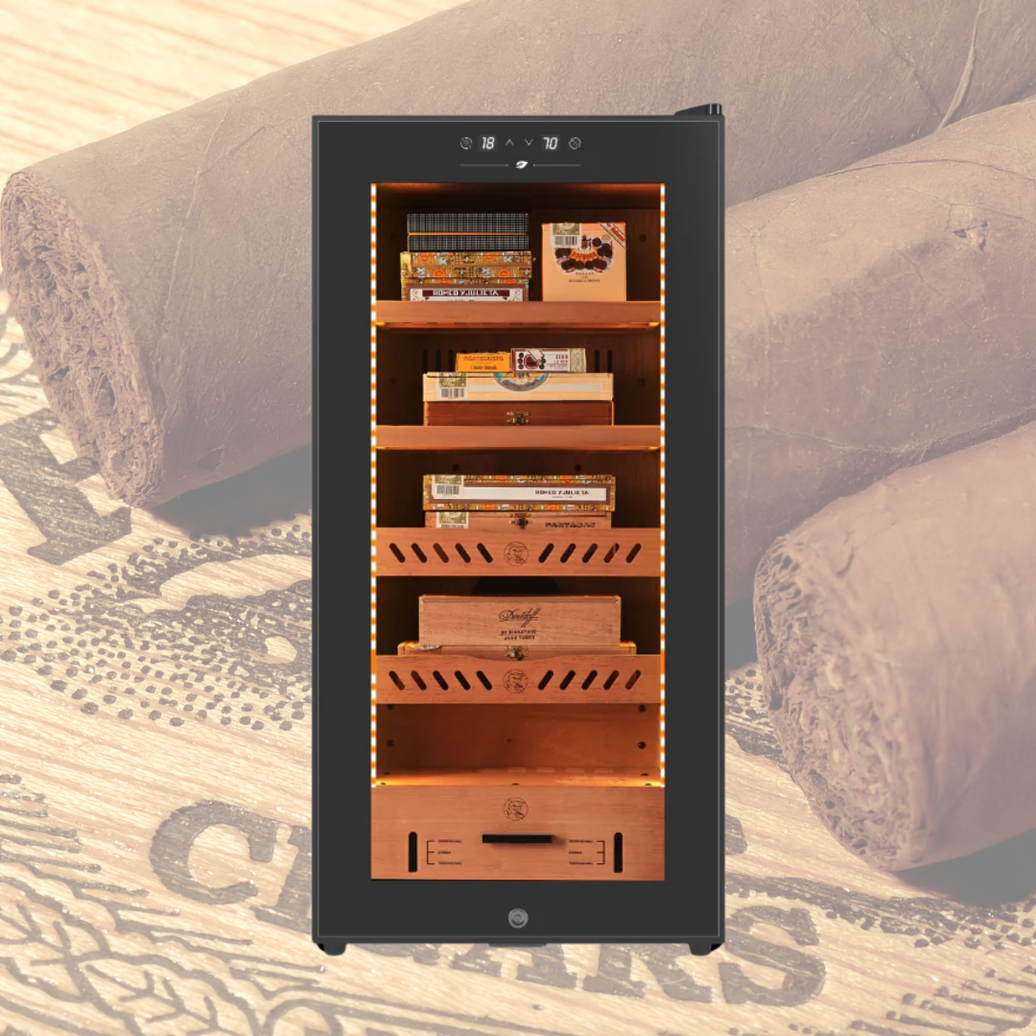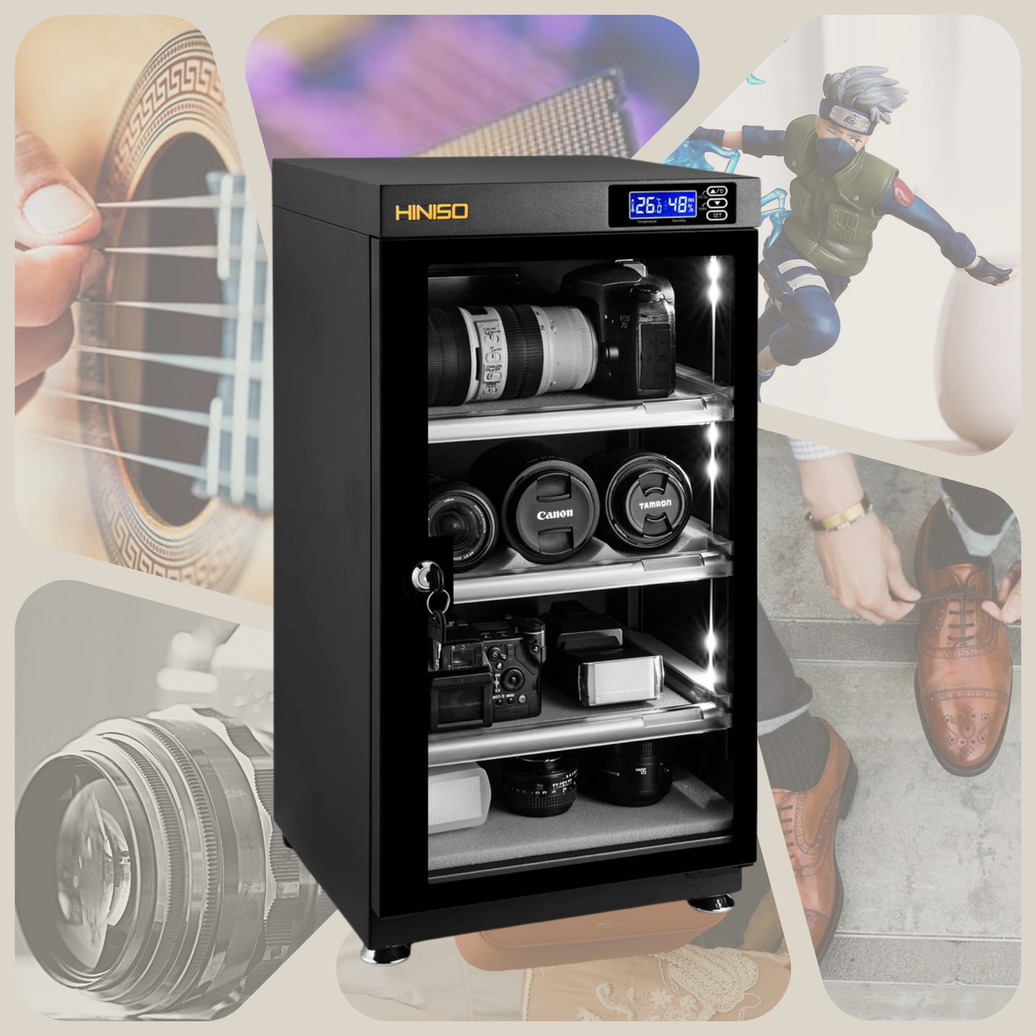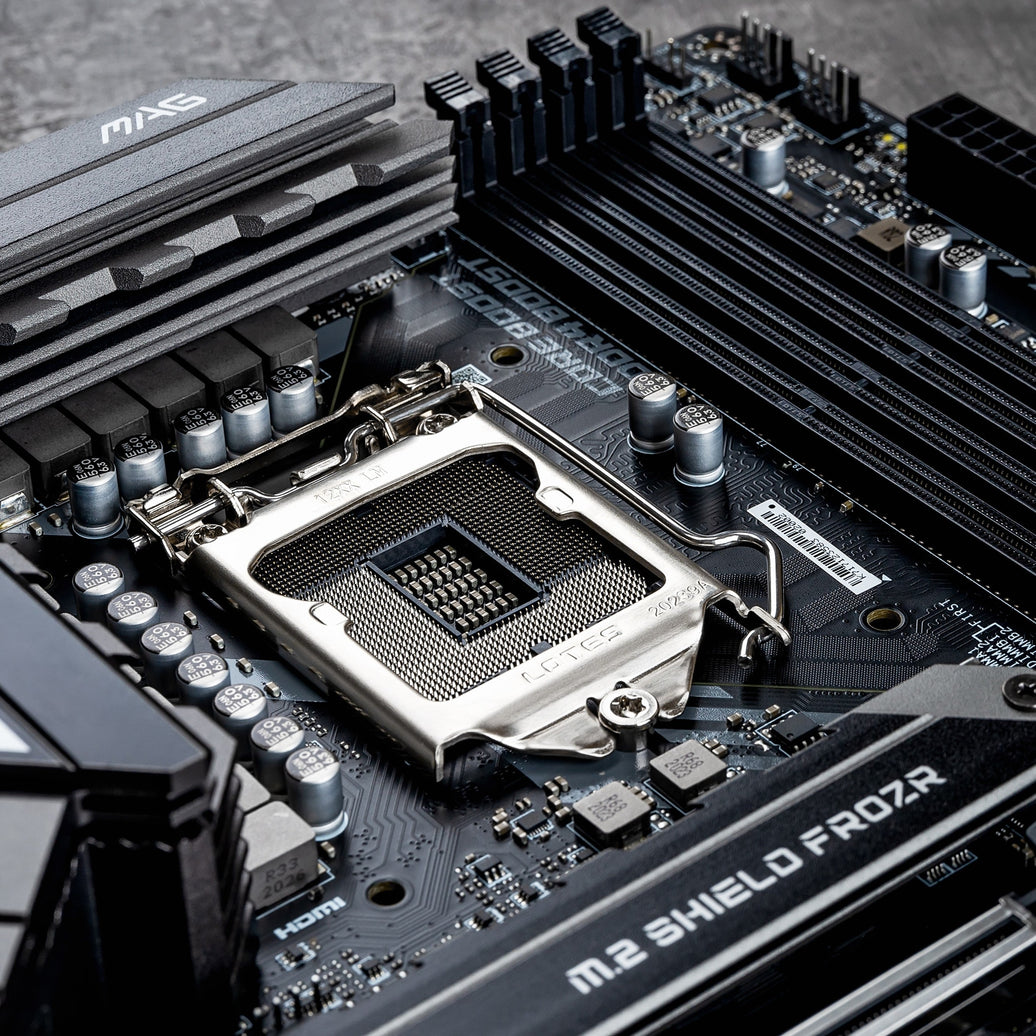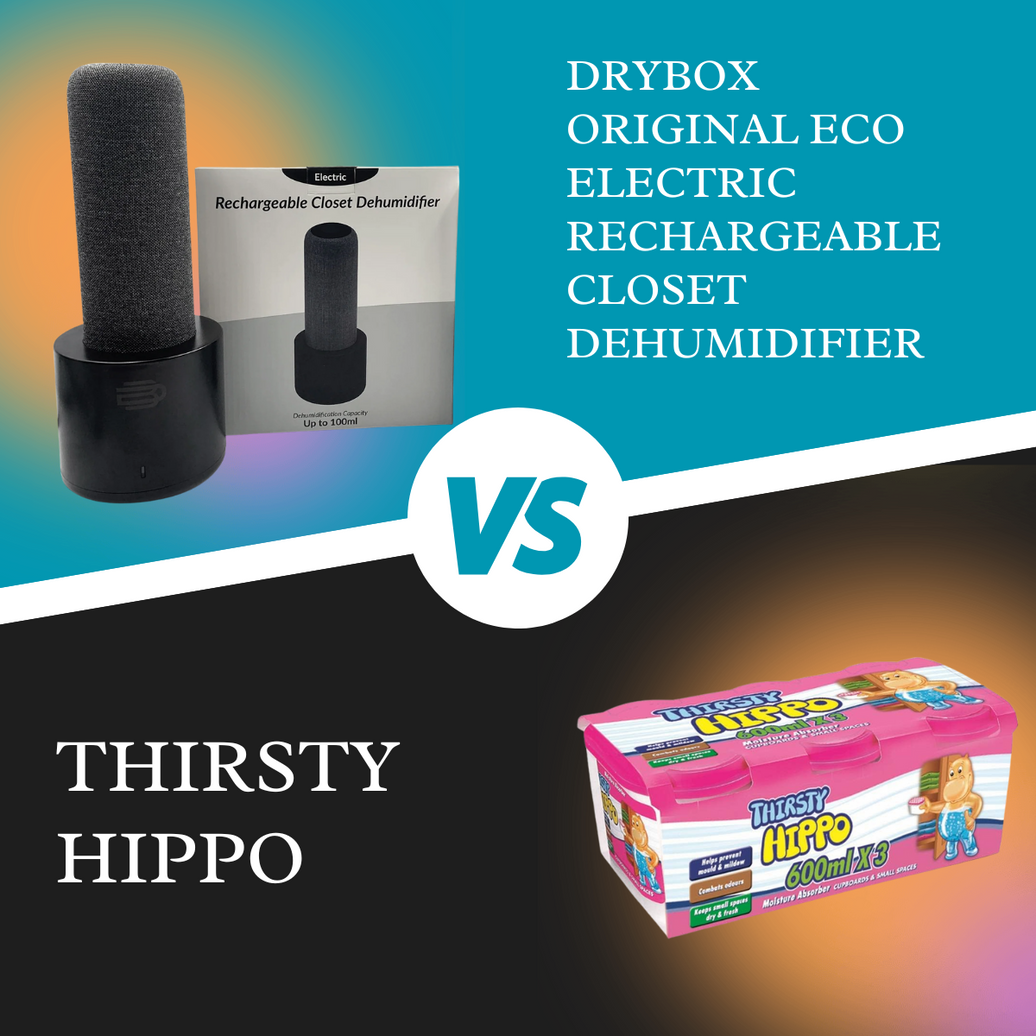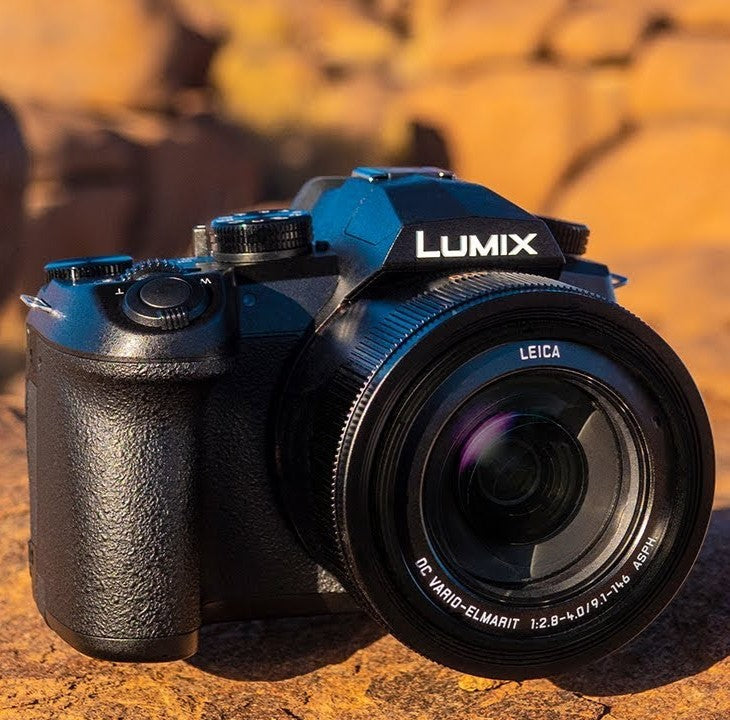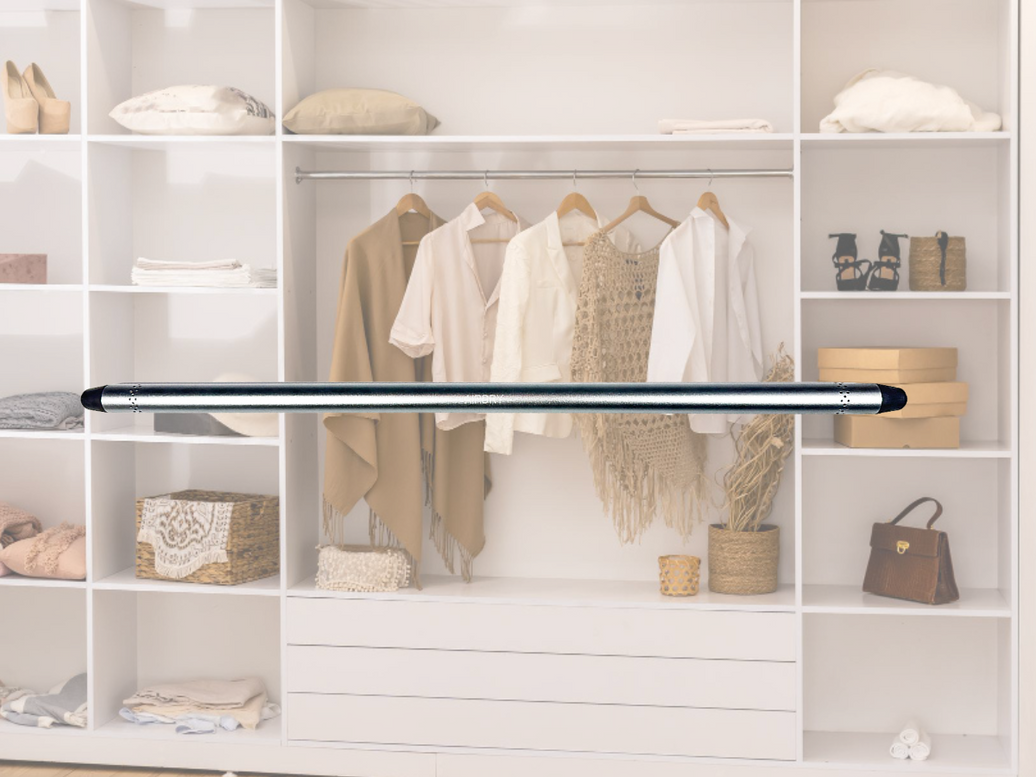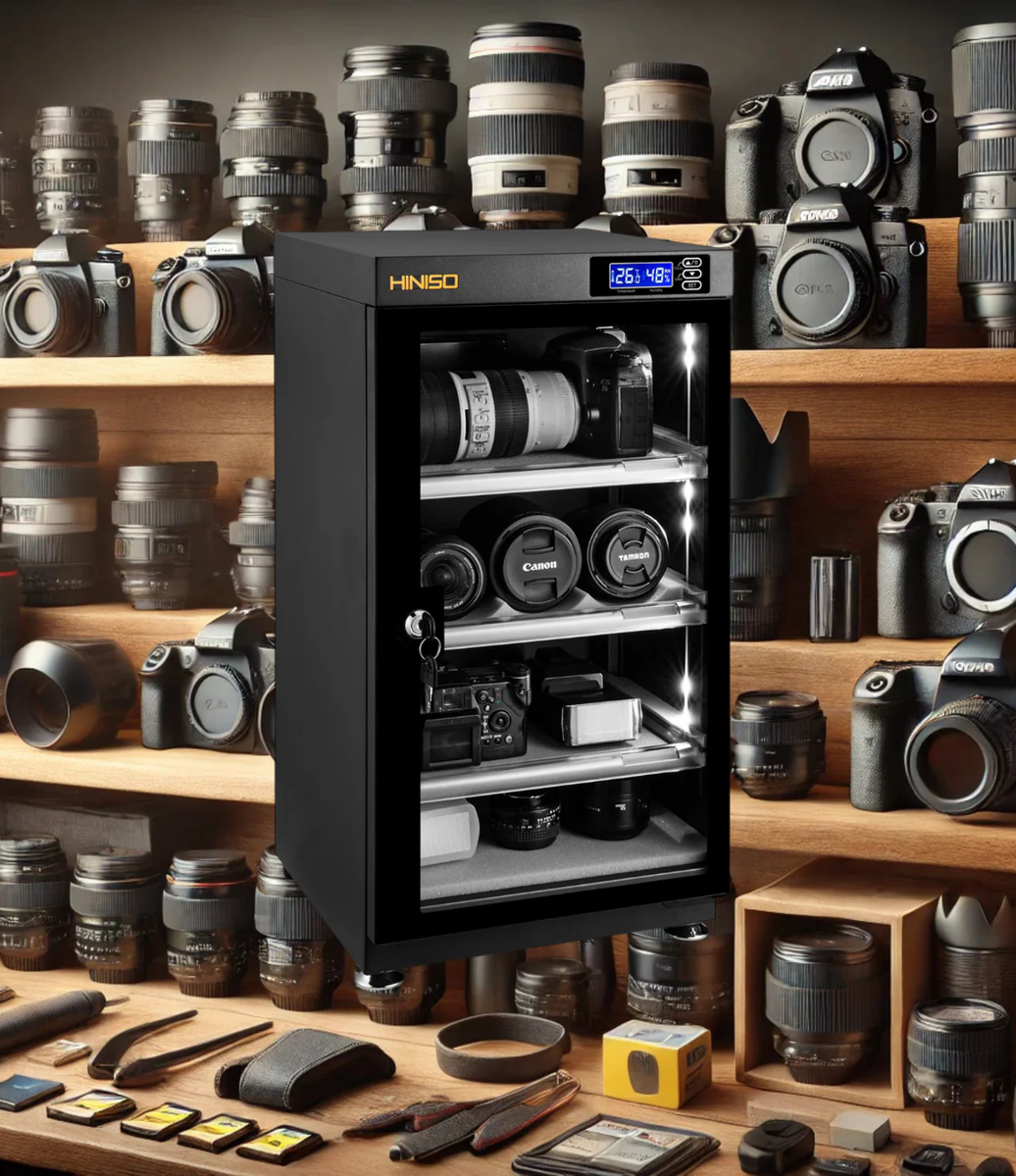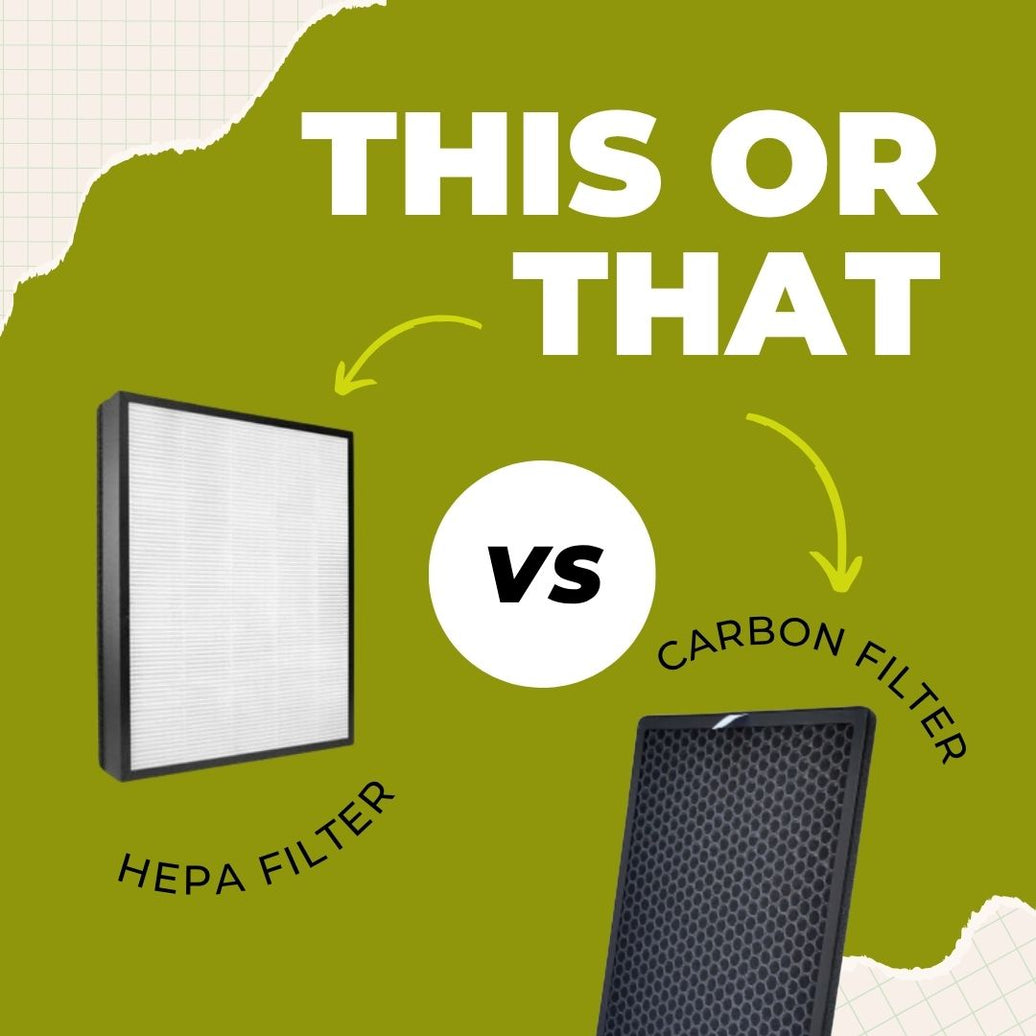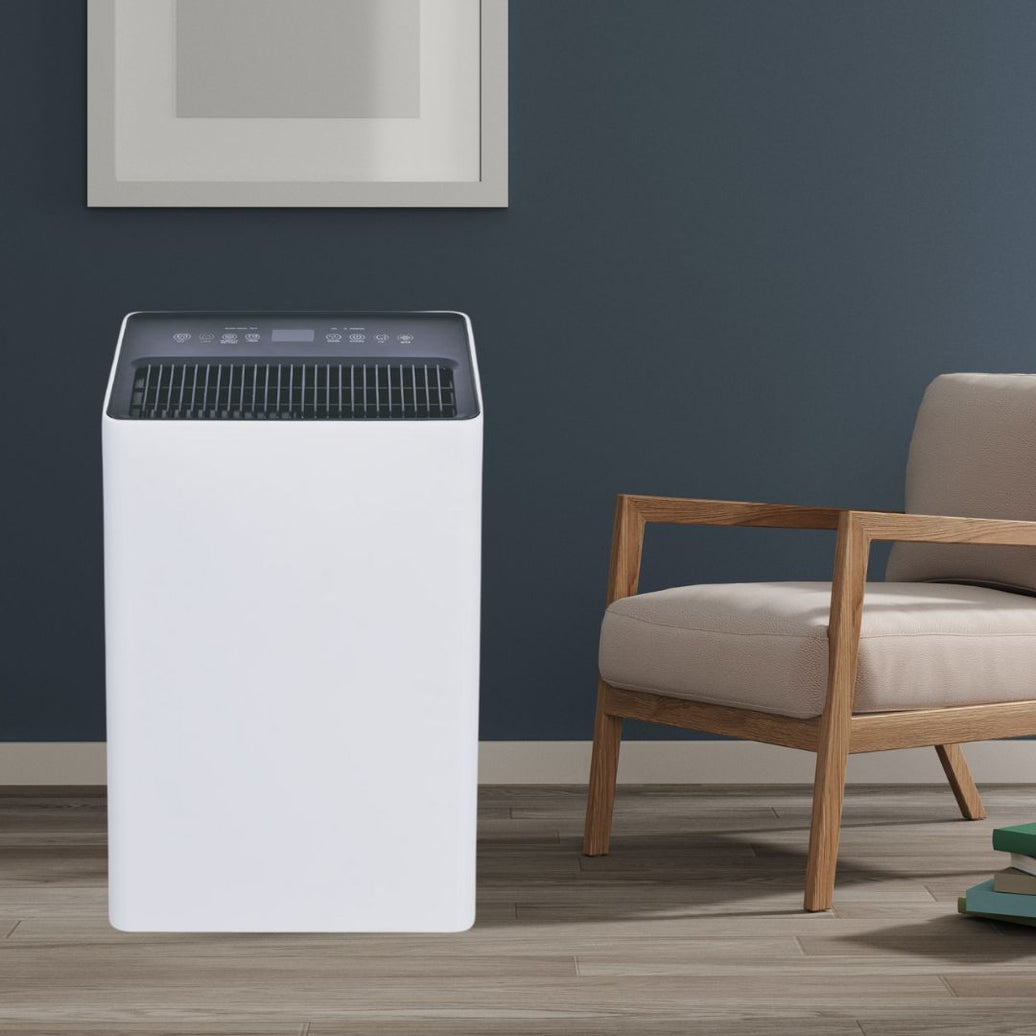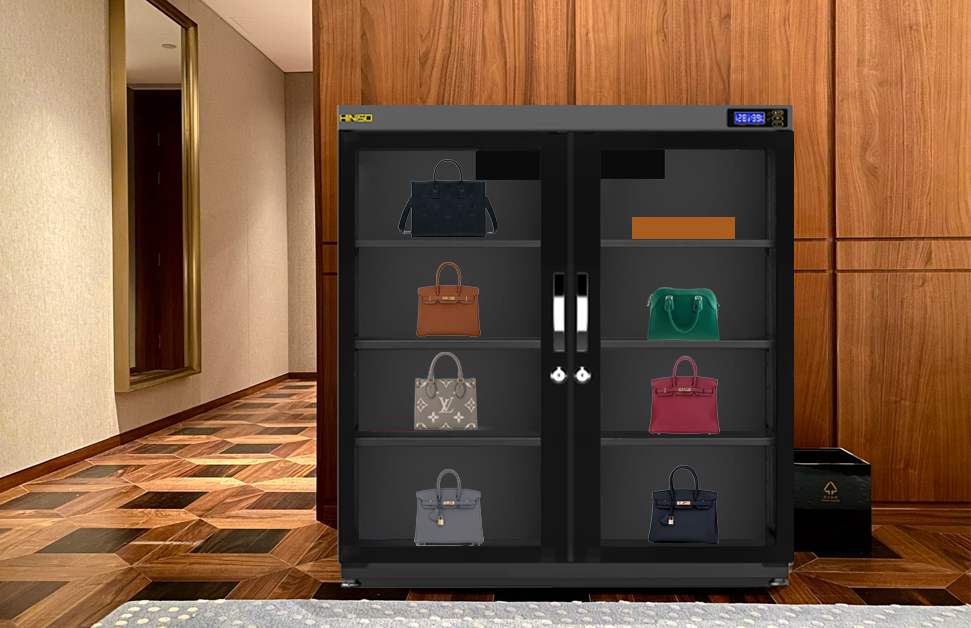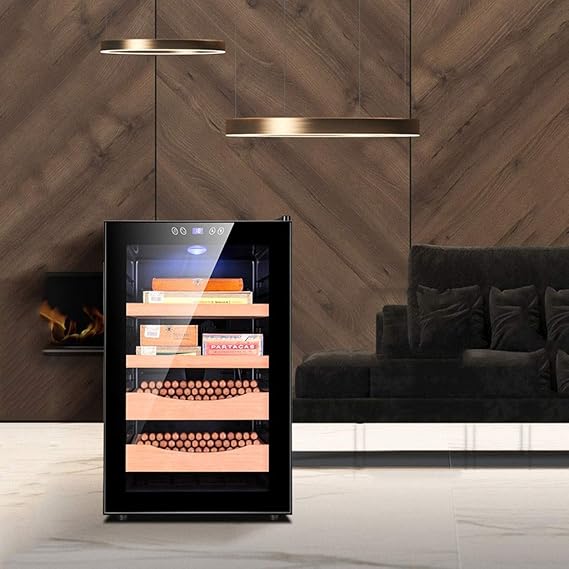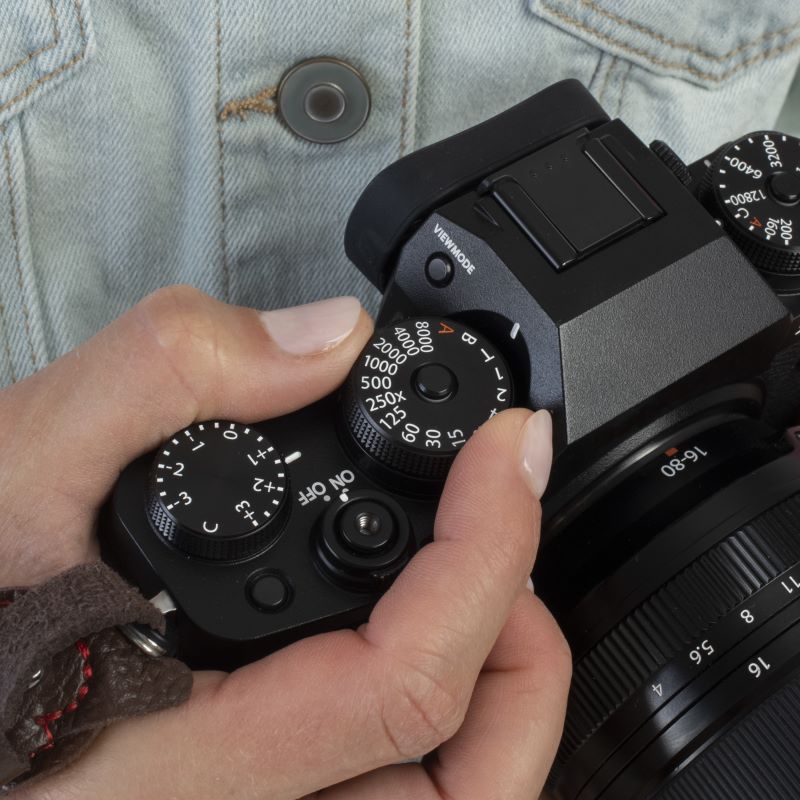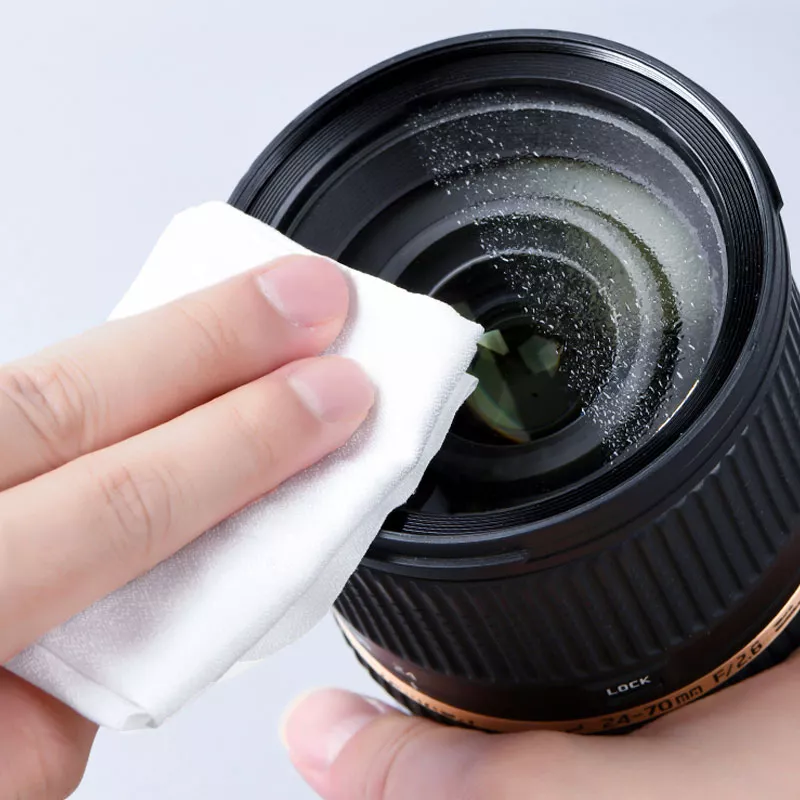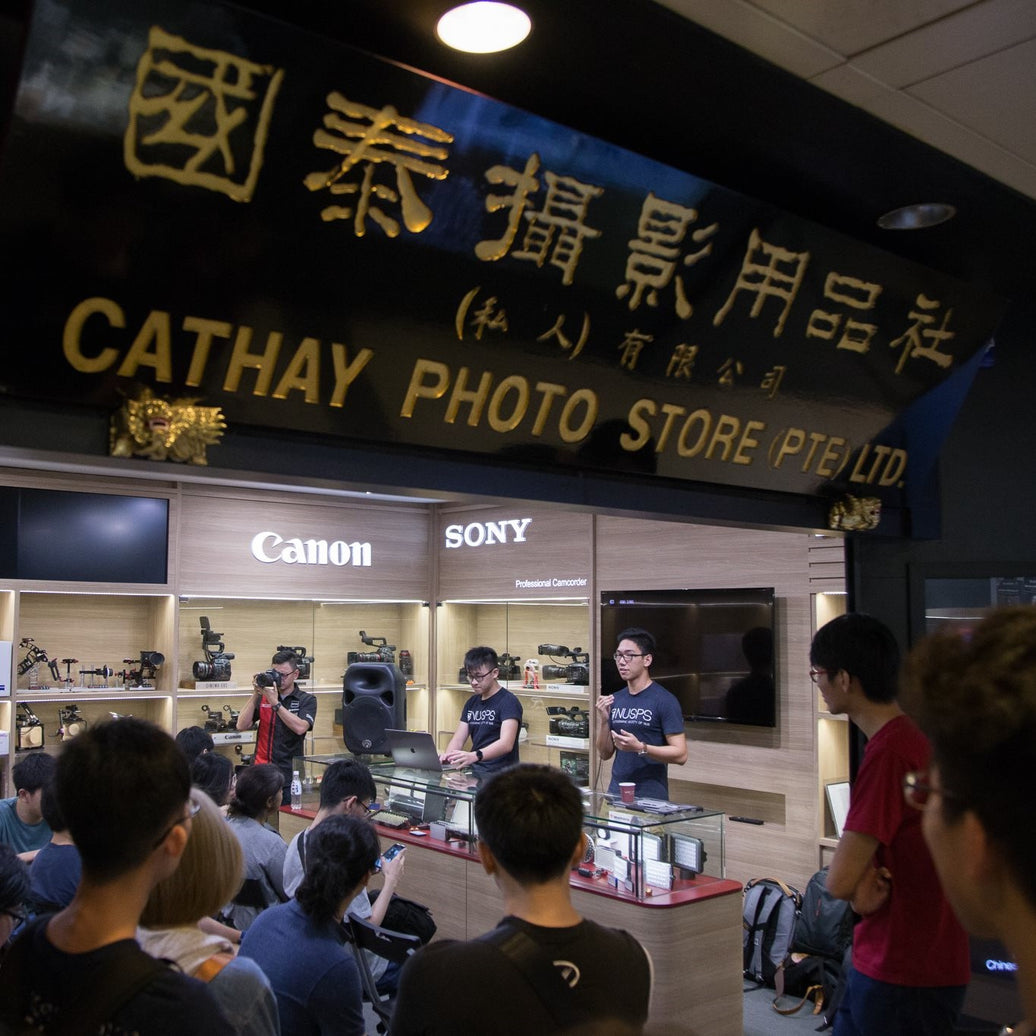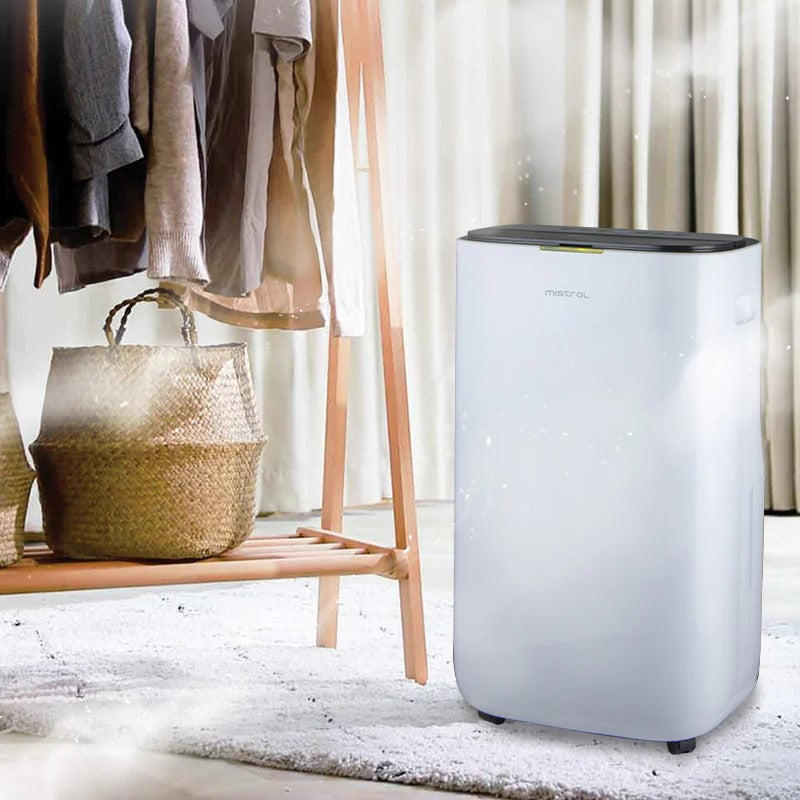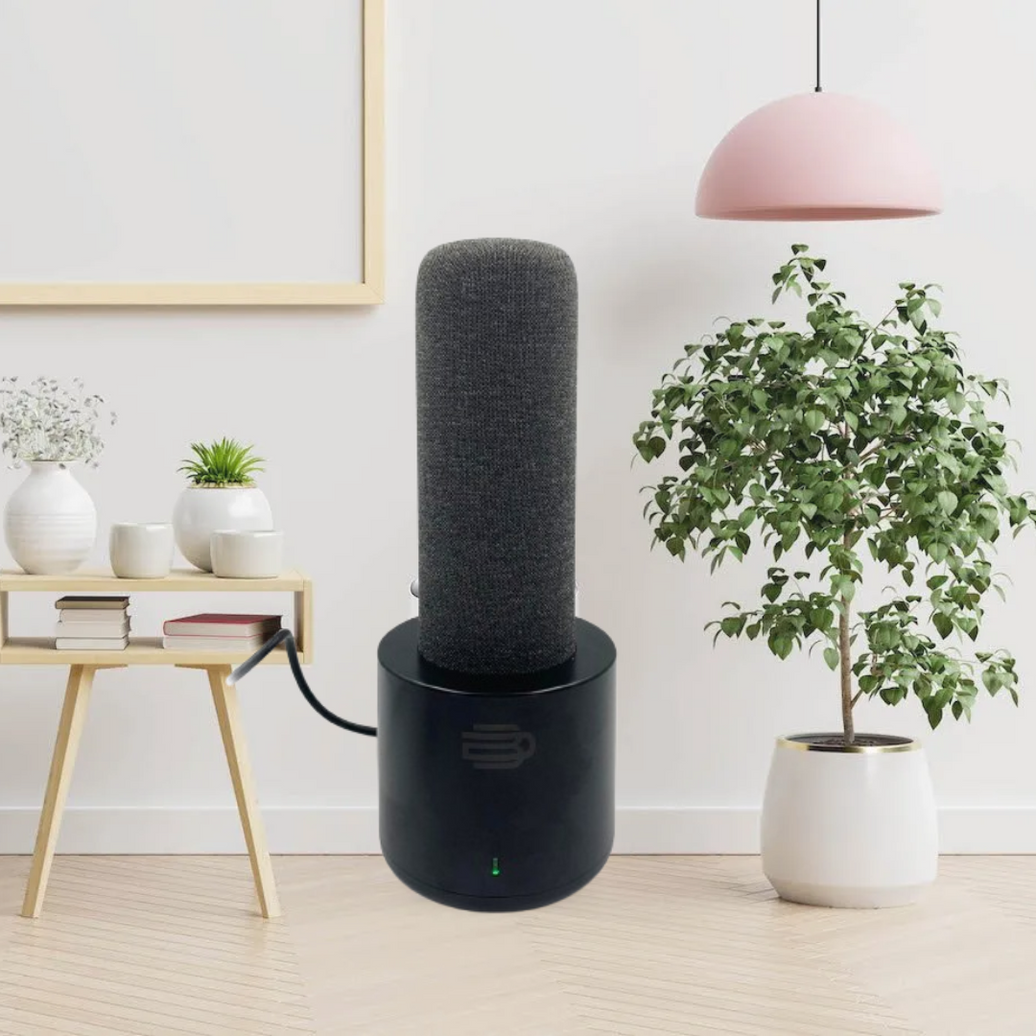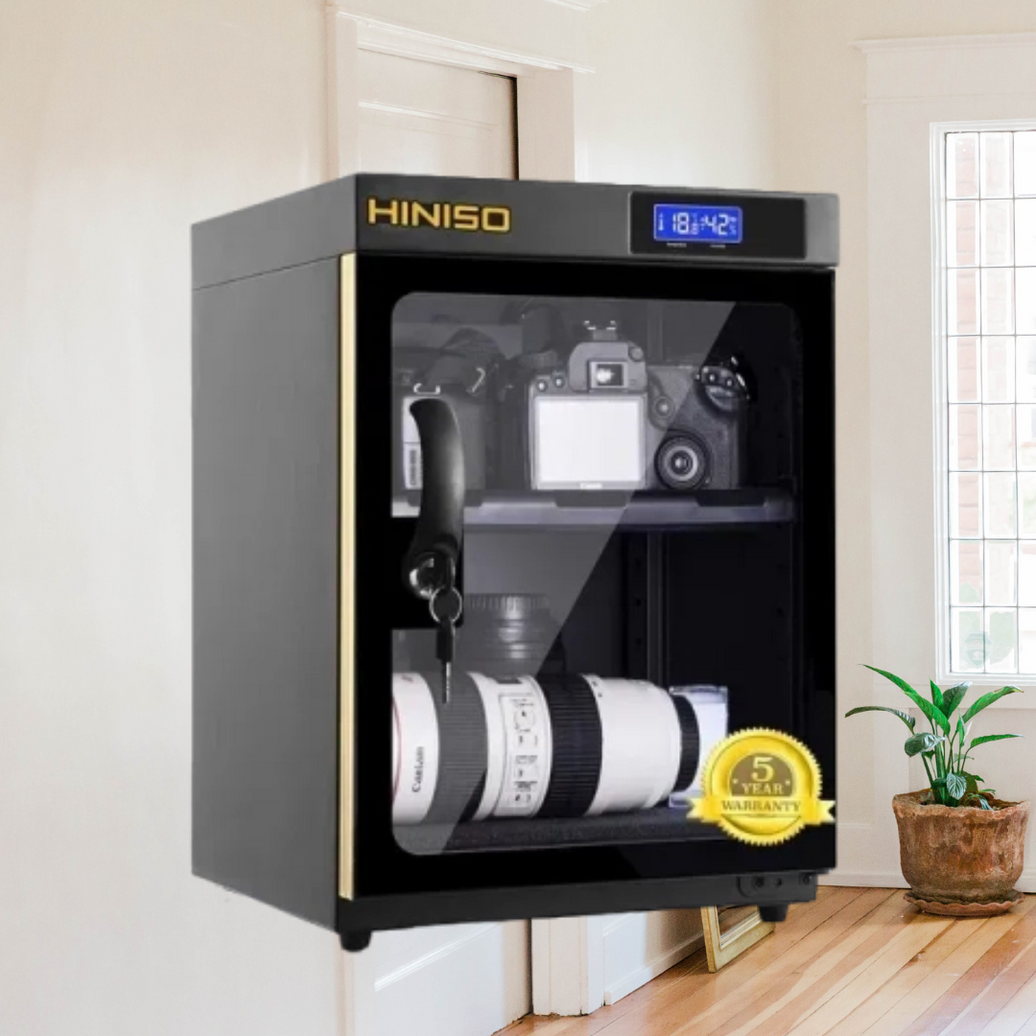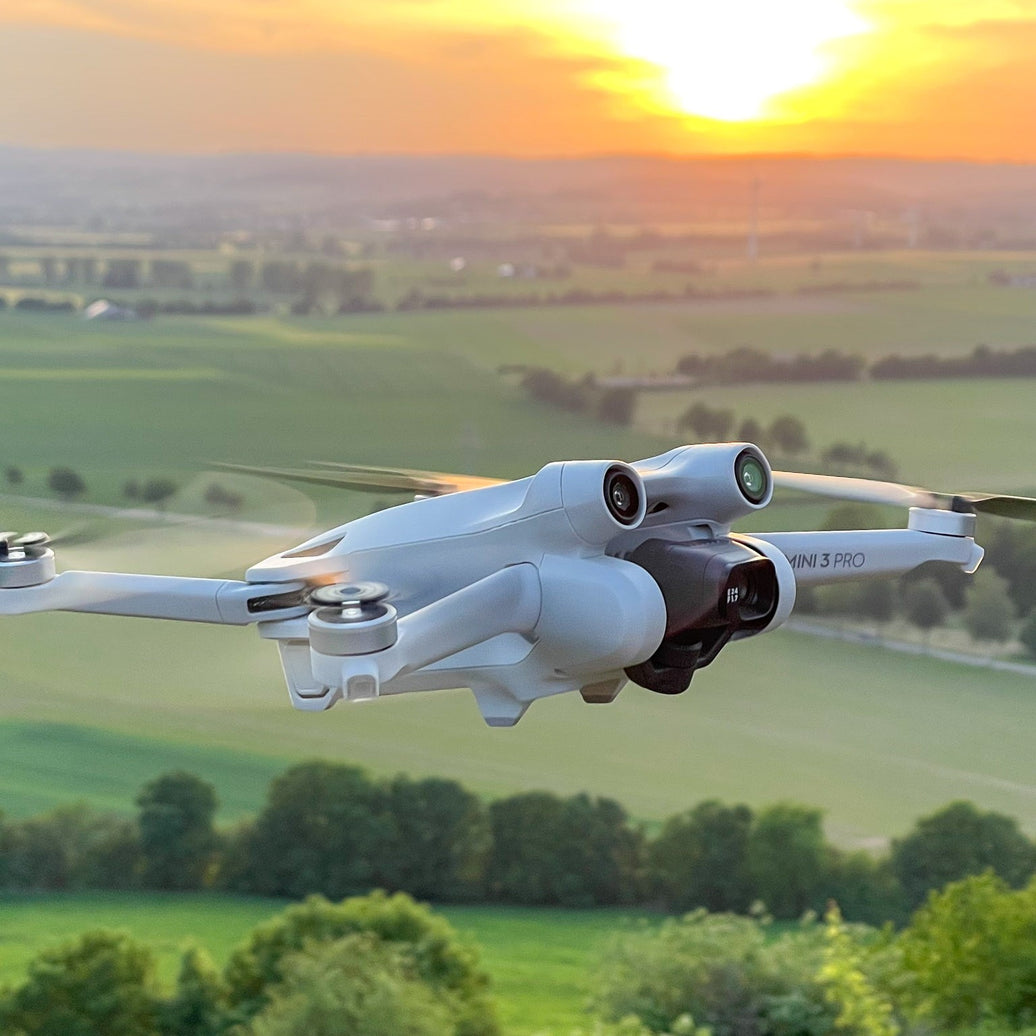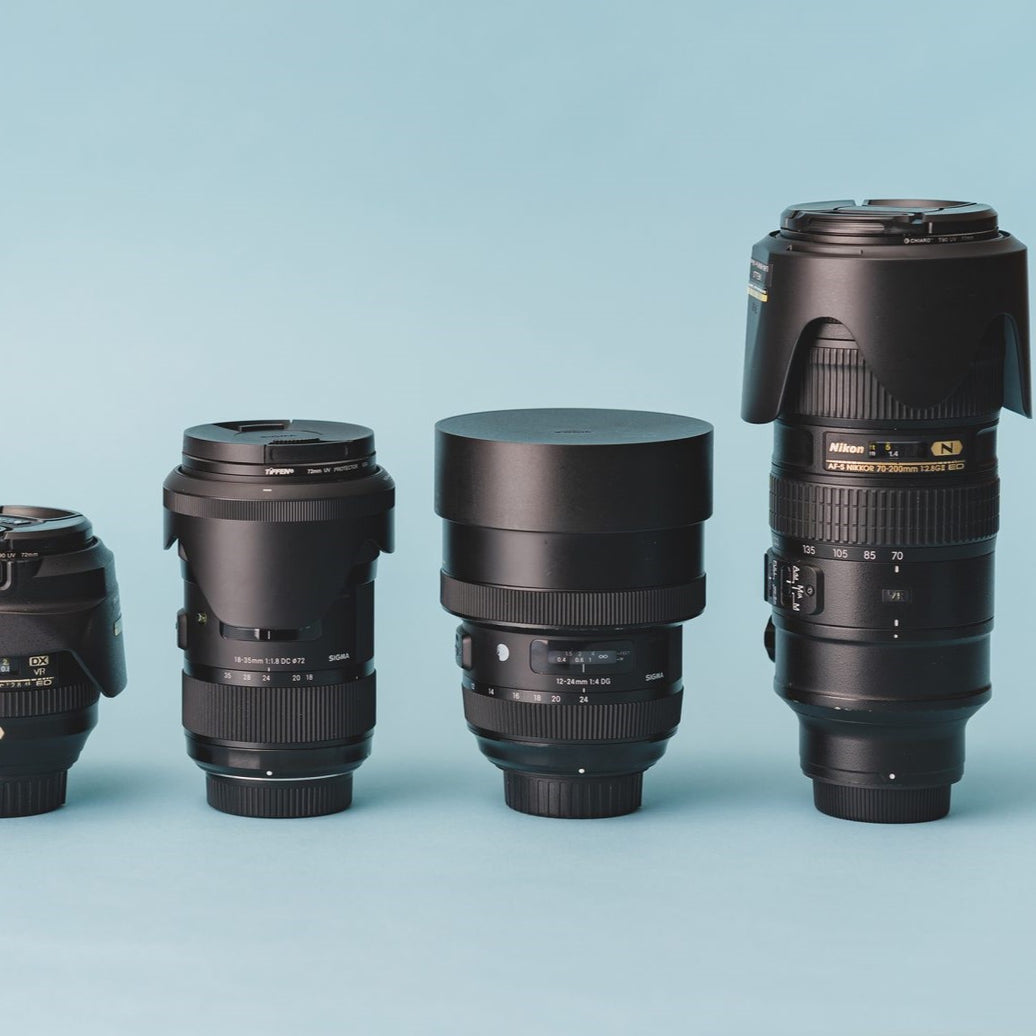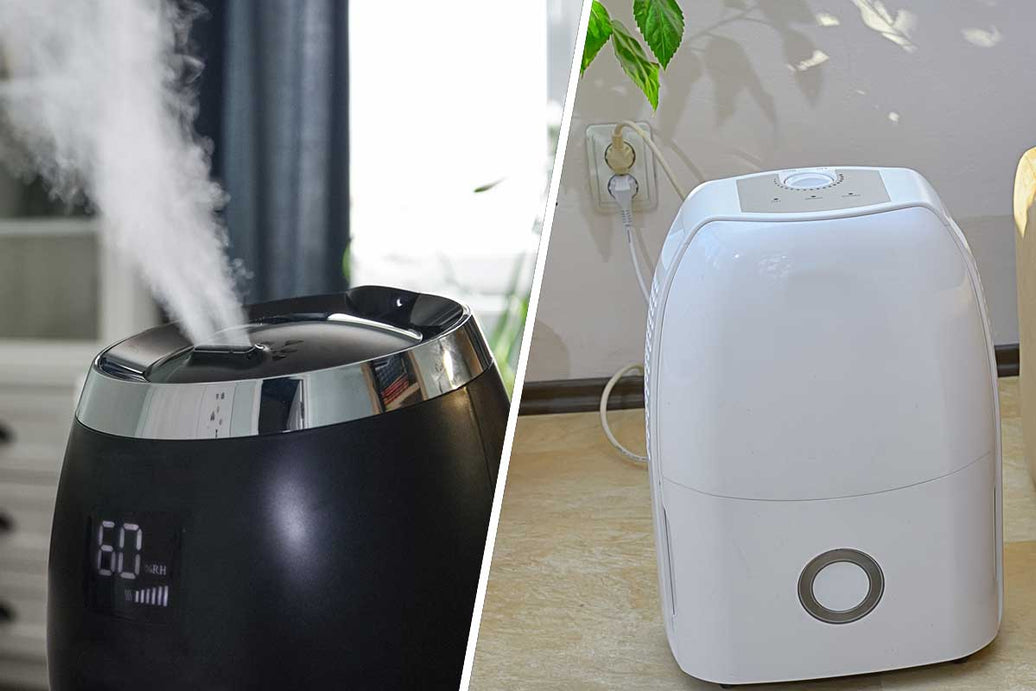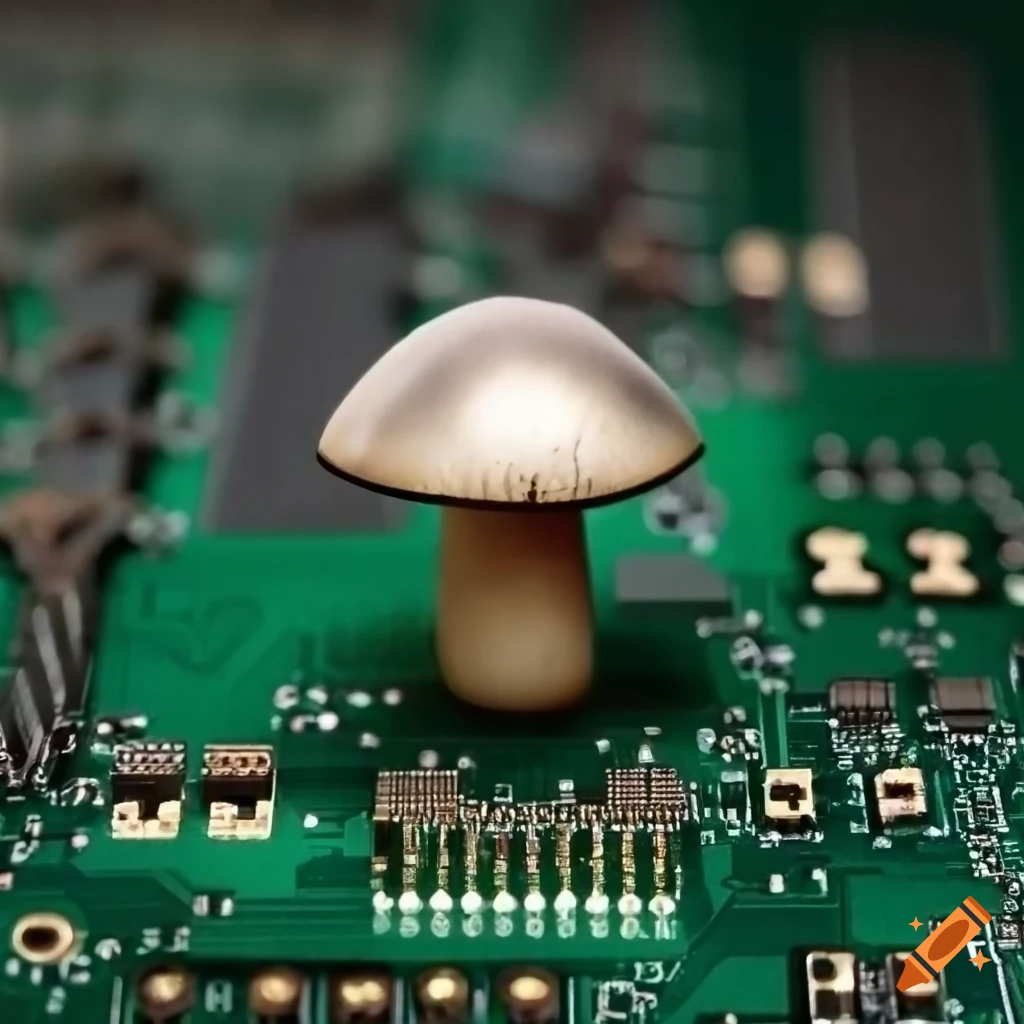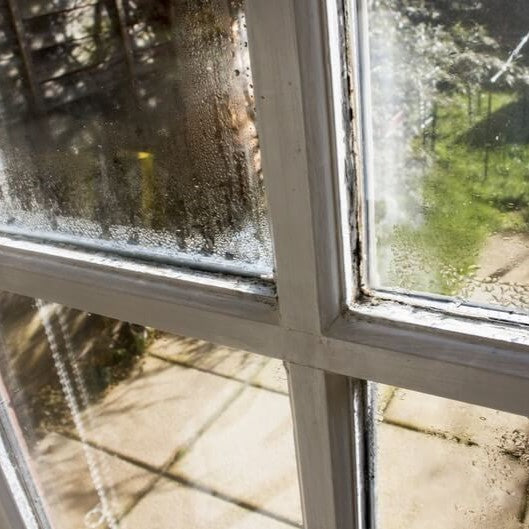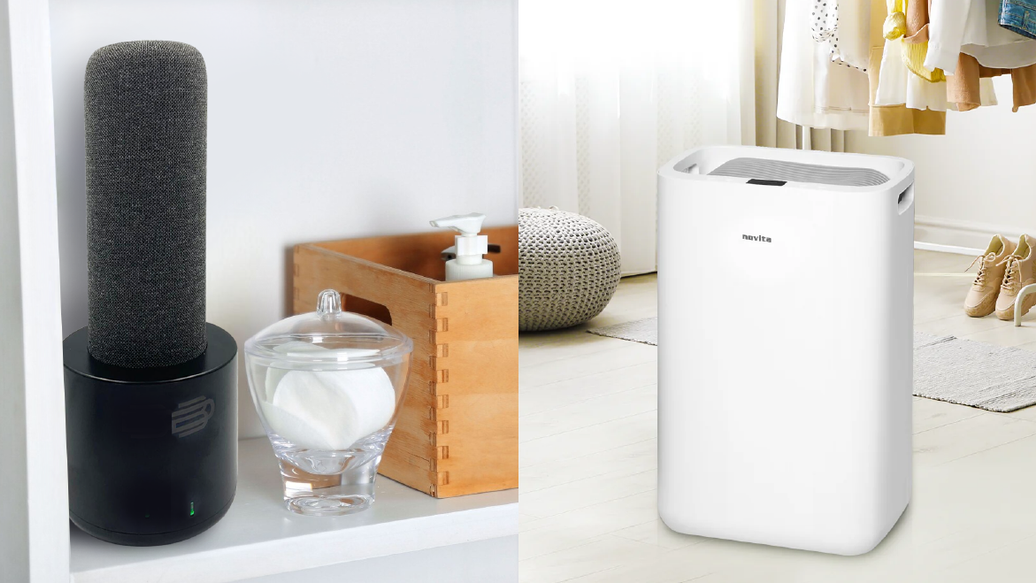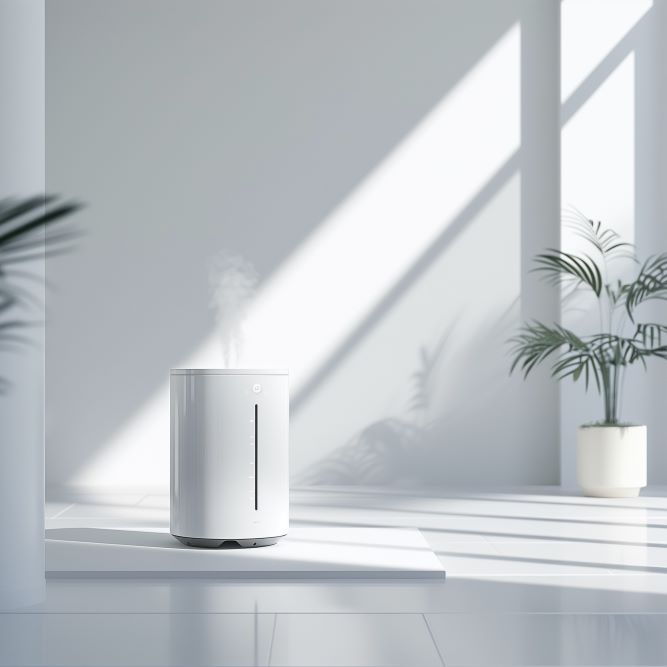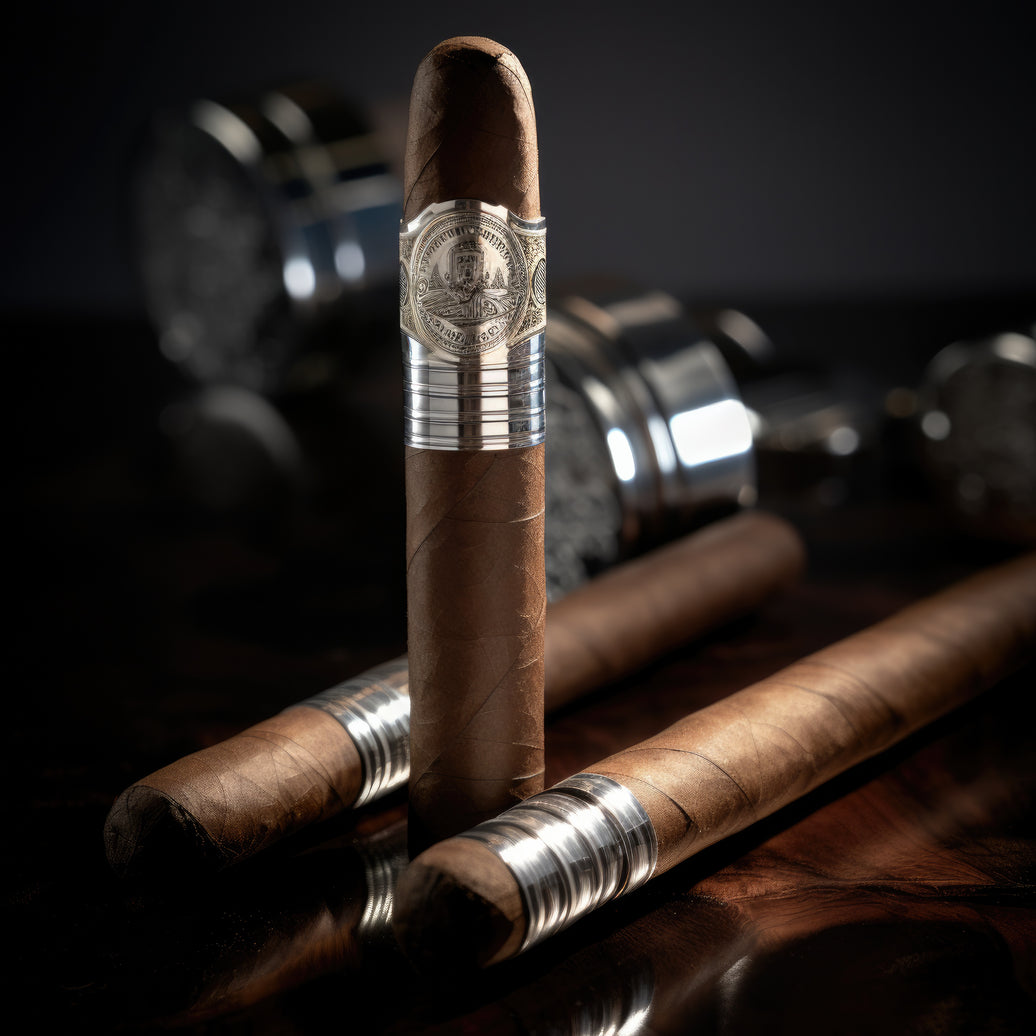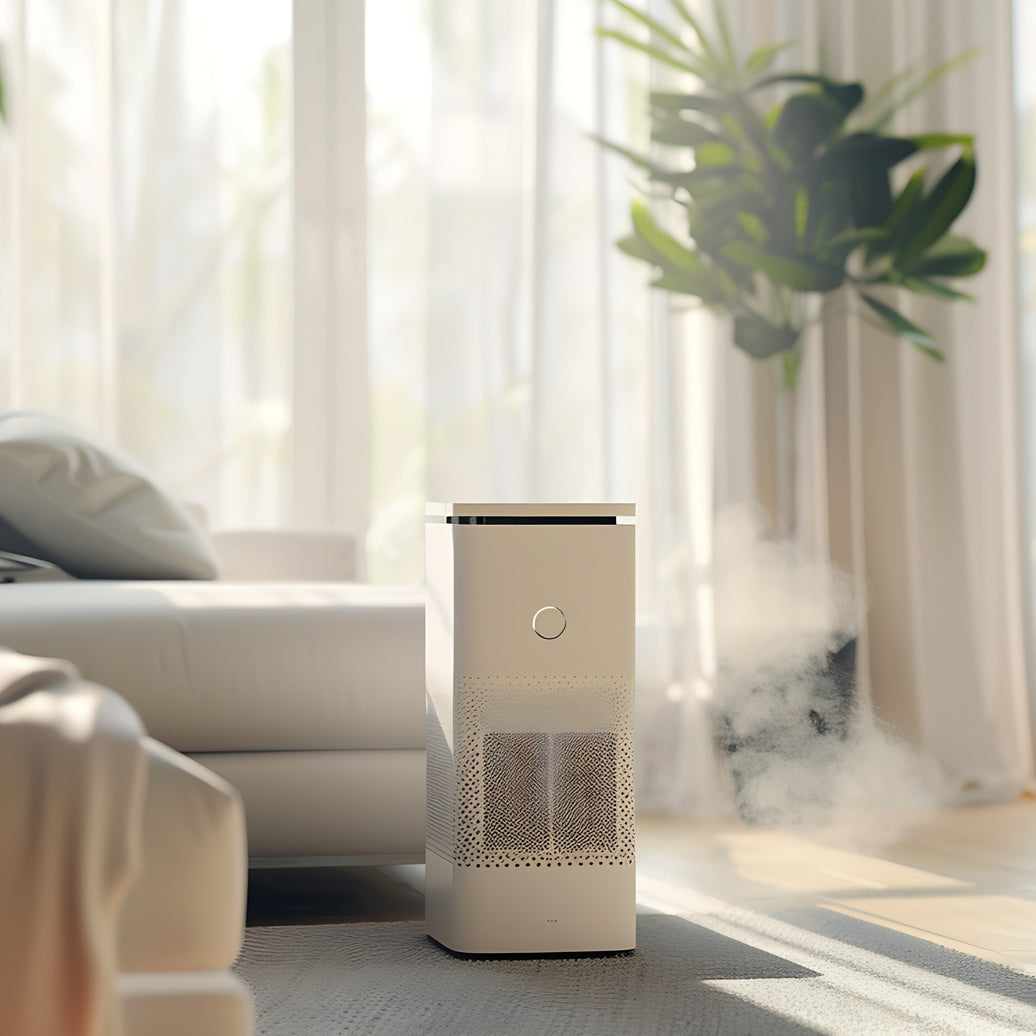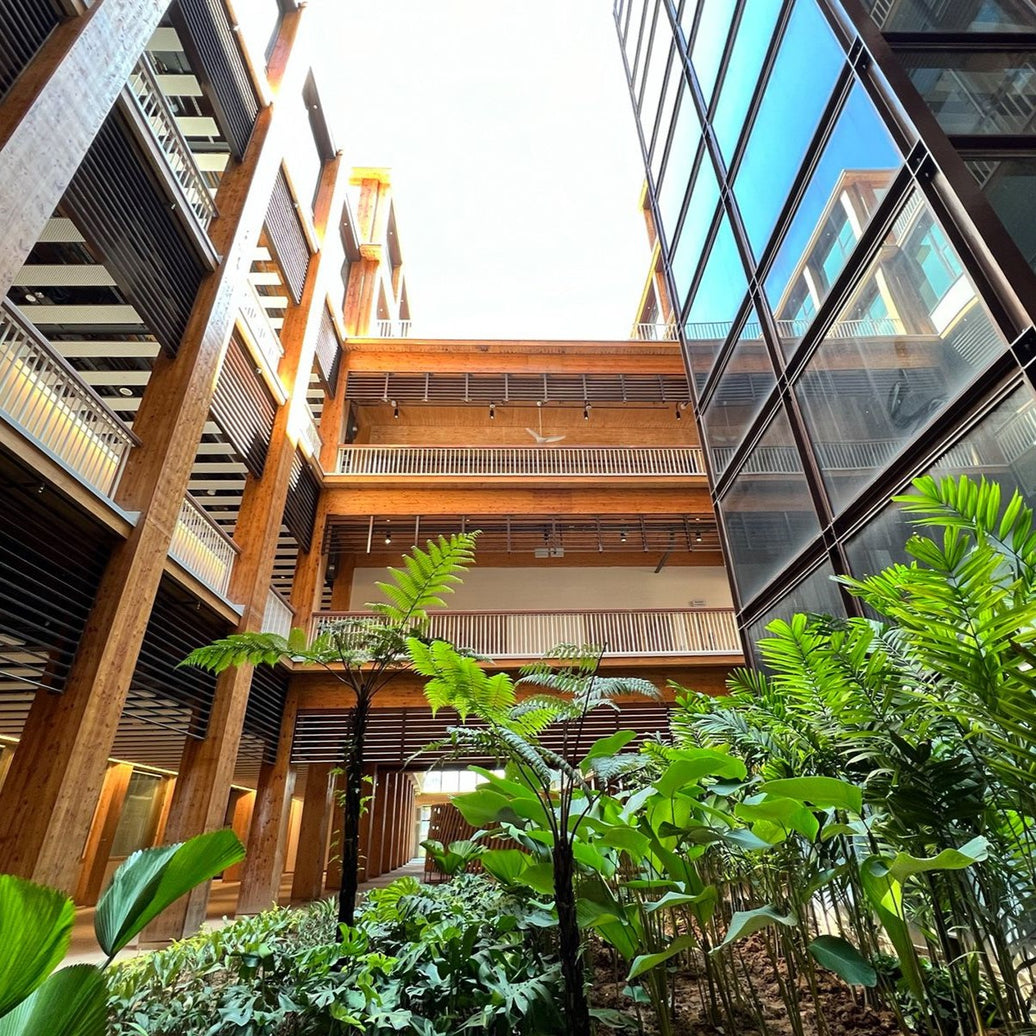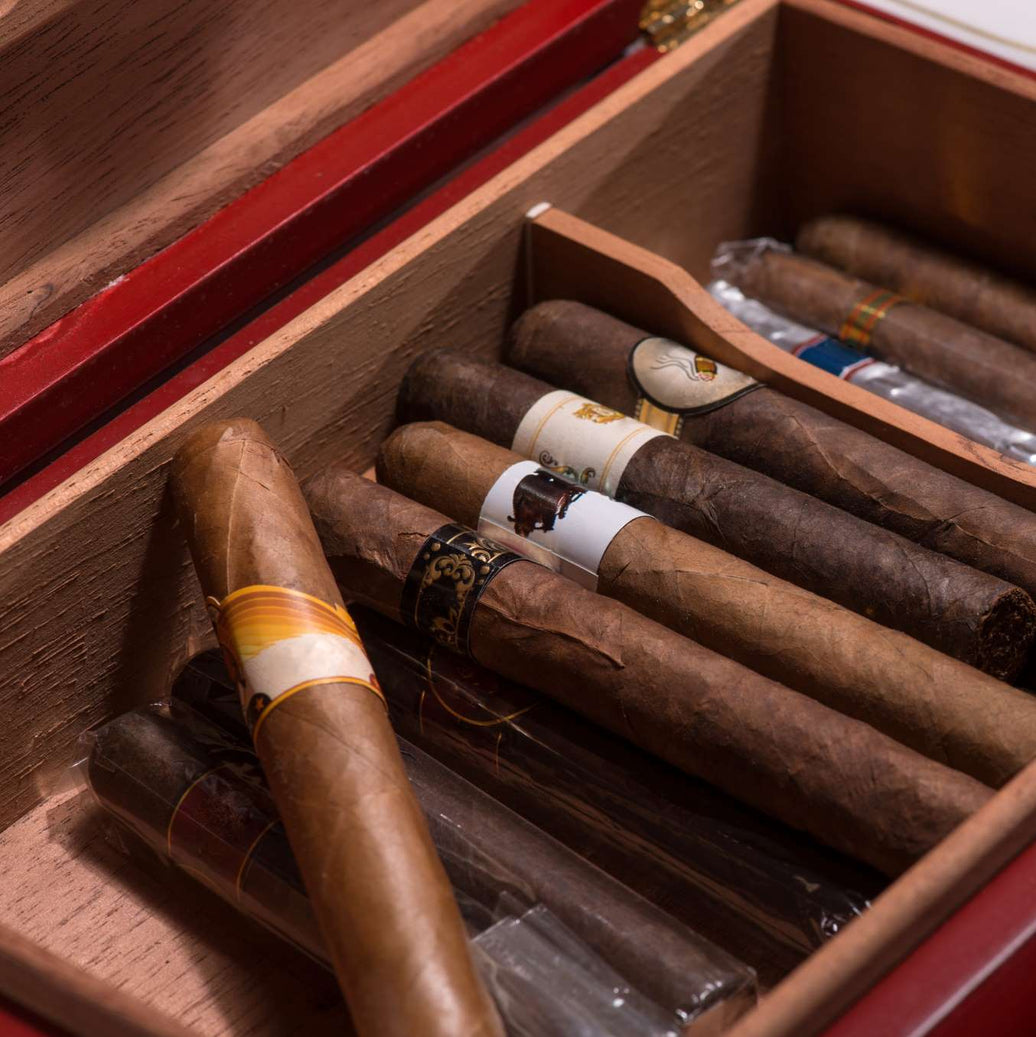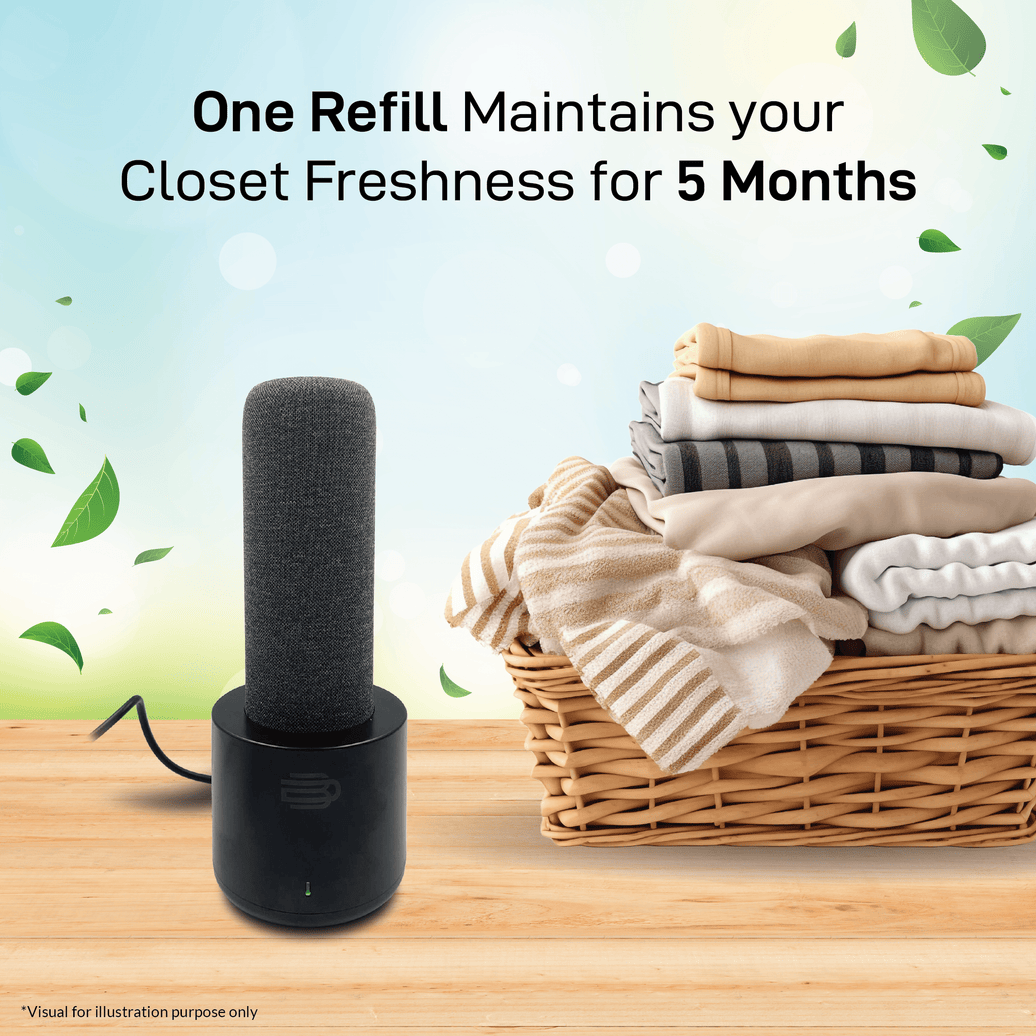When choosing a dry cabinet, understanding the dehumidification method it uses is essential for performance, longevity, and energy efficiency. The most common technologies include Thermoelectric (Peltier), Desiccant Rotor, Compressor-Based, and Heater-Based systems. Each has its strengths and trade-offs. Let’s explore how they compare.

1. Thermoelectric (Peltier) Dehumidification — Used by Hiniso Dry Cabinets
-
How it works: Utilizes the Peltier effect to create a cool side where moisture condenses and is removed.
-
Power Consumption: ~5W to 20W
-
Benefits:
-
Energy-efficient at maintaining consistent low humidity (especially under 55% RH).
-
Silent operation with no moving parts.
-
Long lifespan, minimal maintenance.
-
-
Ideal for: Small to medium dry cabinets, electronics, cameras, and long-term storage.
2. Desiccant-Based Dehumidification - Used by Lenthem Dry Cabinets
-
How it works: Absorbs moisture using a desiccant material, often regenerated with heat.
-
Power Consumption: ~20W to 50W
-
Benefits:
-
Can reach ultra-low RH levels (as low as 1%).
-
Works effectively in cooler environments where Peltier may be less efficient.
-
-
Downsides:
-
Higher initial cost for industrial-grade models.
-
Consumes more electricity during regeneration cycles due to heating.
-
-
Ideal for: High-precision storage like semiconductors or lab instruments.
3. Compressor-Based Dehumidification
-
How it works: Uses a refrigerant system to cool coils and condense moisture.
-
Power Consumption: ~100W to 300W
-
Benefits:
-
Suitable for large-scale room dehumidification.
-
Works efficiently in high-humidity, warm climates.
-
-
Downsides:
-
Bulky and noisy.
-
Not suitable for enclosed dry cabinets.
-
High power consumption.
-
-
Ideal for: Household use, not recommended for modern dry storage
4. Heater-Based Dehumidification
-
How it works: Uses heat to raise the internal temperature, reducing RH by warming air.
- Power Consumption: ~ 50W to 150W
-
Benefits:
-
Simple mechanism.
-
-
Downsides:
-
High power consumption.
-
Can cause temperature fluctuations, affecting sensitive items.
-
Less efficient in achieving ultra-low RH.
-
-
Not recommended for long-term humidity control.
| System | Power (Watts) | Suitable for Dry Cabinets | Brands Using It | Efficiency Rating |
|---|---|---|---|---|
| Peltier (Thermoelectric) | 5W – 20W | ✅ Yes | Hiniso, Digi-Cabi | ★★★★★ |
| Desiccant Rotor | 20W – 50W | ✅ Yes | Dryzone, Eureka, Lenthem | ★★★★☆ |
| Heater-Based | 100W – 300W+ | ❌ No | Generic/OEM only | ★★☆☆☆ |
| Compressor-Based | 50W – 150W | ❌ No | N/A (used in room units) | ★☆☆☆☆ |
Conclusion
Heater-based dehumidifiers consume significantly more electricity and are not ideal for maintaining stable, low RH in dry cabinets. Compressor systems, though effective for rooms, are irrelevant in this context.
For optimal performance and cost savings:
-
Choose Peltier-based systems (like Hiniso) for silent and energy-saving operation.
-
Opt for desiccant systems (like Dryzone or Lenthem) if ultra-low RH is required for sensitive storage.
Both provide reliable humidity control, but Peltier models offer the best balance of performance, silence, and electricity savings for everyday dry cabinet use.
